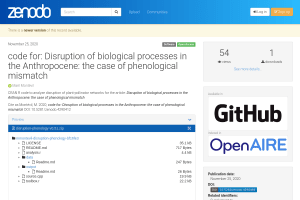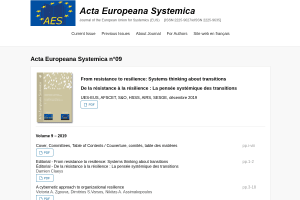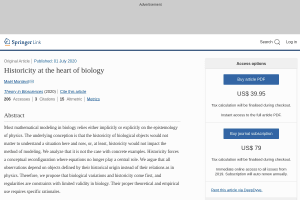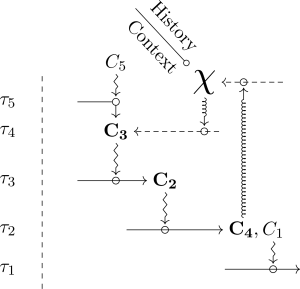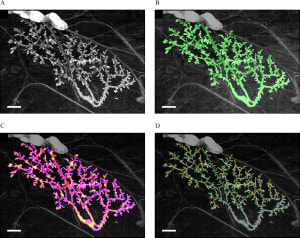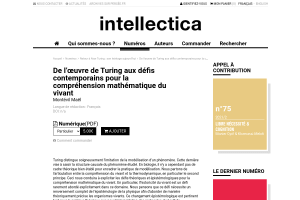
Bifurquer. Il n’y a pas d’alternative
Après des précurseurs tels que Georgescu-Roegen, nous soutenons que l'économie politique, dans l'ère Anthropocène est un défi qui nécessite un réexamen fondamental de ses cadres épistémiques et épistémologiques.
Abstract
L’économie industrielle a pris forme entre la fin du XVIIIe siècle et le XIXe siècle – d’abord en Europe occidentale puis en Amérique du Nord. Outre les productions techniques, elle aura conduit à des productions technologiques – mobilisant des sciences pour produire des biens industriels – : comme Marx l’aura montré en 1857, le capitalisme fait du savoir et de sa valorisation économique son élément premier.
La physique de Newton et la métaphysique qui l’accompagne sont à l’origine du cadre épistémique (au sens de Michel Foucault) et épistémologique (au sens de Gaston Bachelard) de cette grande transformation – qui est la condition de ce que Karl Polanyi appellera lui-même « la grande transformation ». Dans cette transformation, l’otium (le temps de loisirs productifs) se soumet au negotium (les affaires du monde). Pendant ce temps, les mathématiques sont appliquées à travers des machines à calculer toujours plus puissantes et performatives – appelées computers après la deuxième guerre mondiale.
Après des précurseurs tels que Nicholas Georgescu-Roegen, lui-même inspiré par Alfred Lotka, nous soutiendrons dans le présent ouvrage que l’économie politique, dans ce qui est appelé l’ère Anthropocène (thématisée en 2000 par Paul Krutzen, et dont les caractéristiques ont été décrites par Vladimir Vernadsky dès 19263) est un défi qui nécessite un réexamen fondamental de ces cadres épistémiques et épistémologiques.
Avec Darwin, les êtres vivants sont devenus partie intégrante d’un processus historique en constant devenir. Chez l’homme, les savoirs sont une partie de ce processus qui est performative, au double sens de ce mot : à la fois au sens de l’efficience et au sens de la prescription. Ce processus devient exosomatique, c’est à dire extra-corporel, comme le montre Lotka, qui façonne et remodèle les modes de vie afin, notamment, de limiter les effets négatifs des nouveautés techniques.
